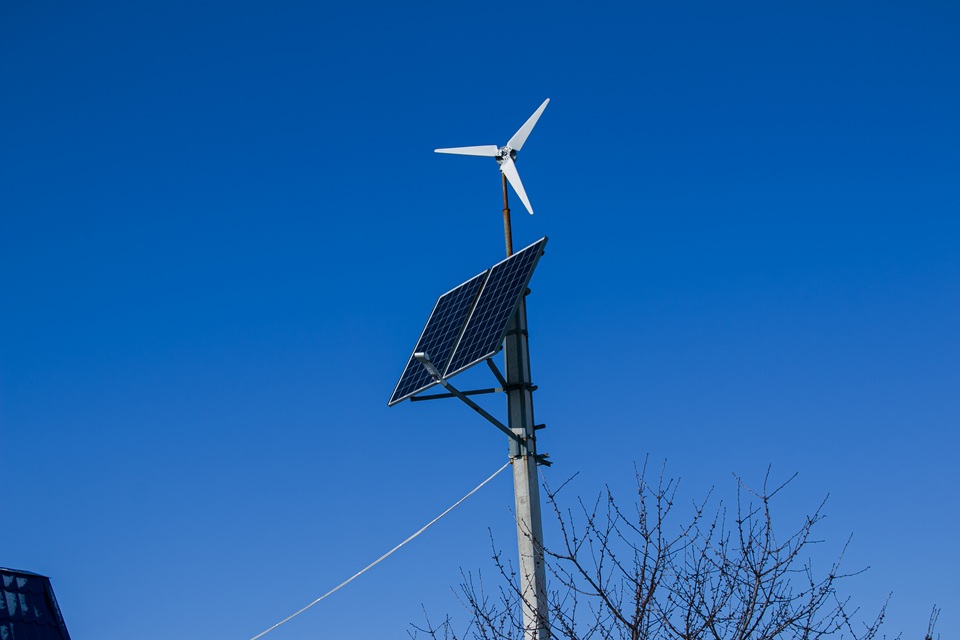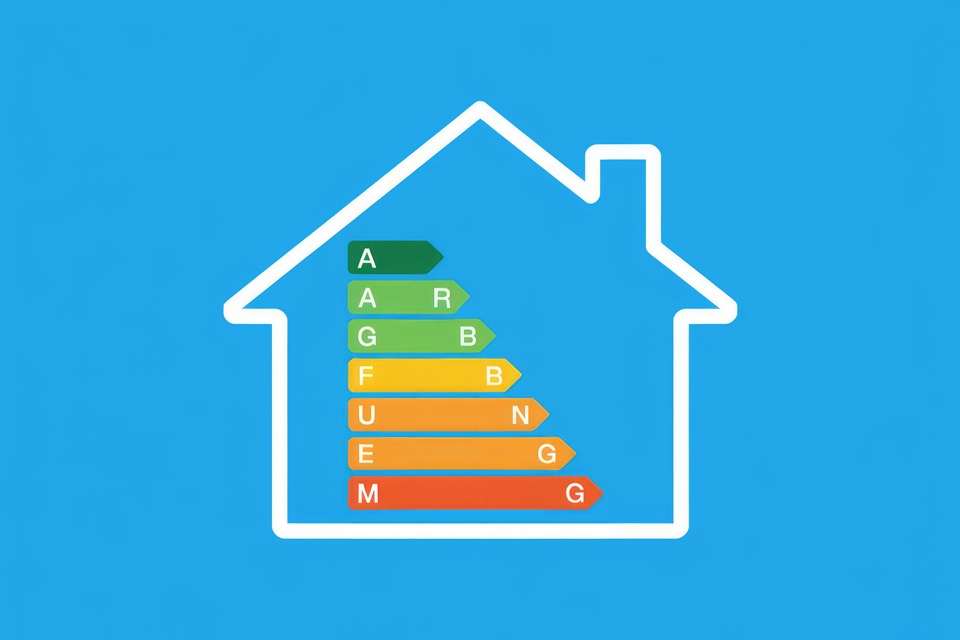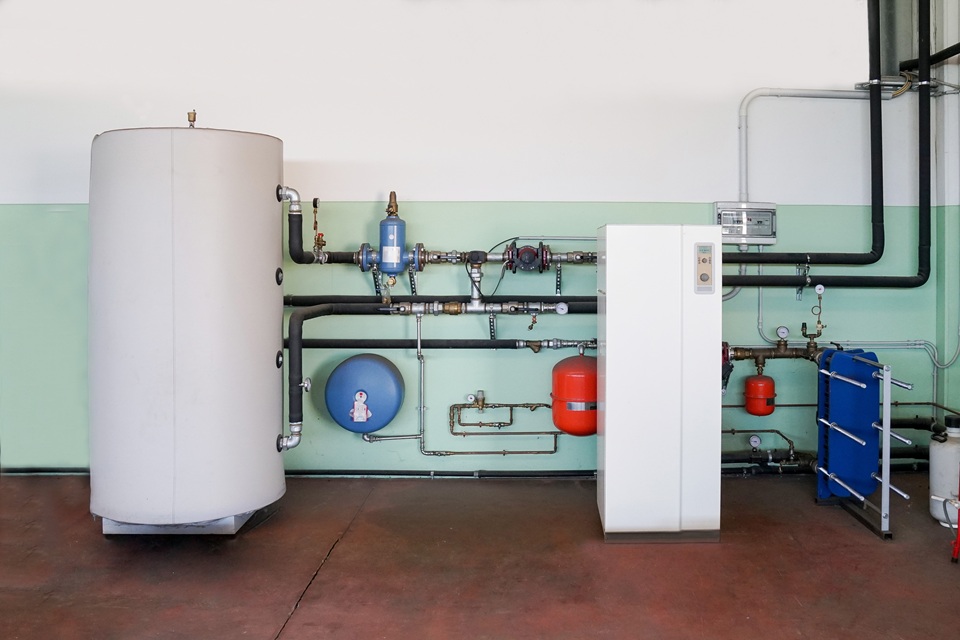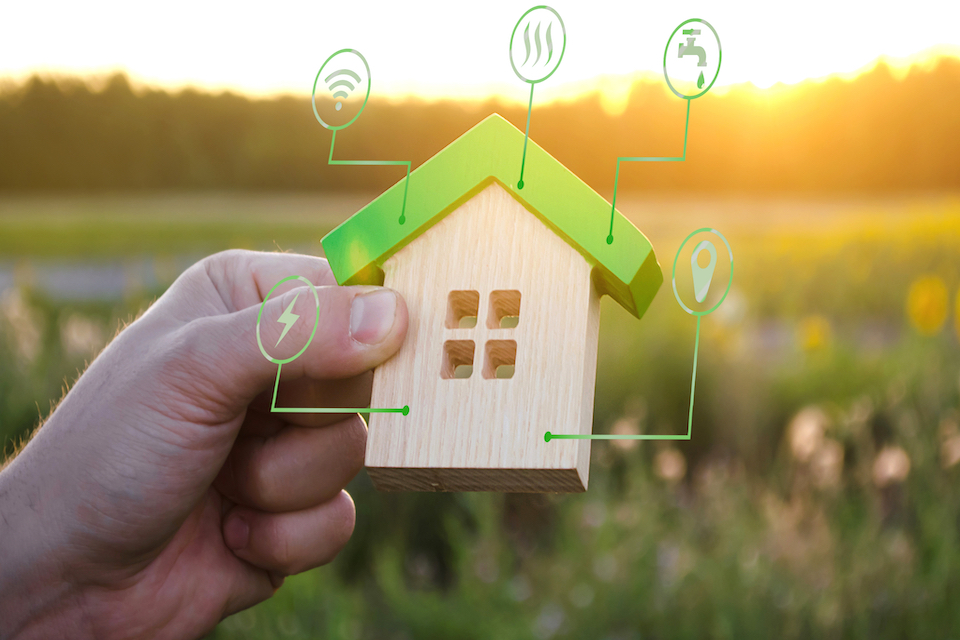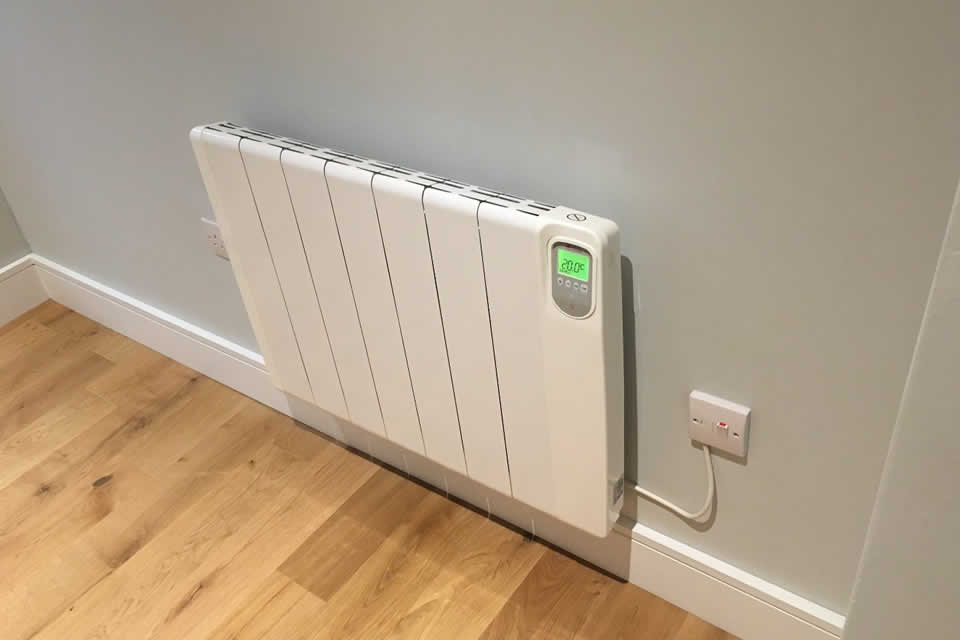How Much Does a Wind Turbine Cost?
As homeowners are increasingly looking for more sustainable and cost-effective ways to power their homes, wind turbines are becoming more and more popular. These devices use the power of the wind, and they offer an environmentally friendly alternative to traditional energy sources.
They have the potential to help homeowners reduce their reliance on the national grid and lower their energy bills.
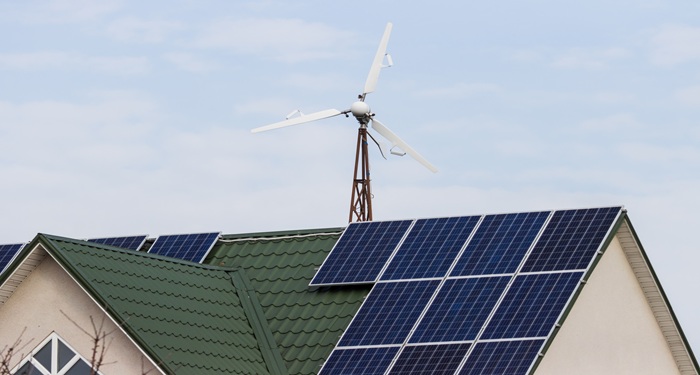
Whether it is for residential or commercial use, a wind turbine is a great option. These devices convert kinetic energy from the wind into electrical energy, providing a clean and renewable energy supply.
The upfront cost of a wind turbine can vary quite a bit depending on several different factors. For example, the size and type of turbine, the complexity of the installation, and the location of the property can all affect the price.
In general, smaller, domestic wind turbines that are designed for individual homes will have a much lower price than a larger commercial wind turbine.
In general, you can expect to pay around £1000 - £80,000 for a wind turbine. As you can see, the price can vary significantly, and this is usually due to the size and the type of system. We will delve into the costs in more detail throughout this article.
It is very important to understand that the overall cost of a wind turbine, including the cost of the turbine itself and the labour costs, will vary for several reasons.
We will also look at planning permission and some potential savings and income that you could make from your wind turbine. Read on to find out everything you need to know…
- What are the Supply Costs for a Wind Turbine?
- What are the Additional Costs of Installing a Wind Turbine?
- Tradesmen's Costs for Installing a Wind Turbine
- How Long Does It Take to Install a Wind Turbine?
- Types of Wind Turbines
- Planning Permission and Regulations
- Choosing the Right Wind Turbine for Your Home
- Factors Affecting Wind Turbine Efficiency
- Potential Savings and Income from Wind Turbines
- Grants and Incentives for Wind Turbines
- How Much Does It Cost to Remove a Wind Turbine?
- FAQs
Wind Turbine Prices
So, how much is a wind turbine? In the table below, you can see some estimated wind turbine costs for different sizes of systems as well as the approximate yearly system output for each of these sizes.
| SYSTEM SIZE | COST | APPROXIMATE YEARLY SYSTEM OUTPUT |
|---|---|---|
| 1kW (roof-mounted) | £1000 - £2000 | 1,750kWh |
| 1.5kW (pole-mounted) | £5000 - £9000 | 2,600kWh |
| 2.5kW (pole-mounted) | £10,000 - £15,000 | 4,000kWh |
| 5kW (pole-mounted) | £19,000 - £26,000 | 8,900kWh |
| 10kW (pole-mounted) | £38,000 - £52,000 | 21,500kWh |
| 15kW (pole-mounted) | £60,000 - £80,000 | 36,000kWh |
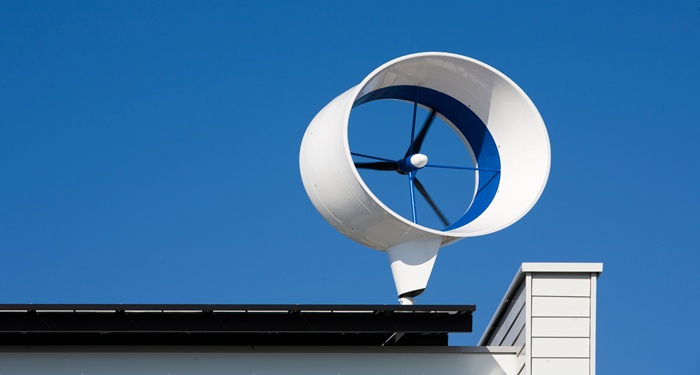
Depending on the type and size of the wind turbine, there are also some maintenance costs that you might need to bear in mind. However, these costs tend to be relatively small.
Wind turbines rely on relatively simple mechanical processes, so they tend to have very long lives and will typically come with a service warranty period of around 10 - 20 years.
If the wind turbine system contains batteries for storing electricity, these will probably need to be replaced roughly every 5 – 10 years.
What are the Supply Costs for a Wind Turbine?
The supply costs of the wind turbine refer to the price of the equipment itself, without including any additional costs such as labour or other associated costs.
Below is a list of the different components and the costs that you may expect to pay for these:
- Turbine Unit – The turbine unit includes the spinning blades and the generator. Basic models will usually start at around £1000, whereas more advanced models could exceed £50,000.
- Inverter – This part of the system converts generated electricity into usable power for your home. You can expect to pay around £500 - £2500 for this.
- Tower or Pole – This part of the system elevates the unit to the optimal height so that it can catch the wind effectively. You can expect to pay around £1000 - £15,000 for this, depending on the type and size of the turbine.
- Cabling and Controls – These parts are necessary for the electrical connection and will usually cost around £500 - £3000.
- Battery Storage – This is an optional extra for storing generated electricity and will usually cost £2000 - £10,000, depending on the size and type of wind turbine.
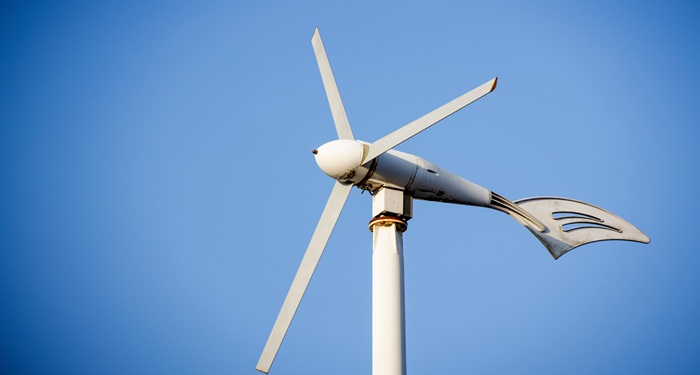
The supply costs for a wind turbine will also vary depending on the brand and type of turbine. Horizontal Axis Wind Turbines (HAWTS) are the most common type, and these will often have a different price structure compared to Vertical Axis Wind Turbines (VAWTS).
In general, HAWTS are considered to be more efficient in areas with consistent wind flow. VAWTS, on the other hand, may be preferred in urban or more gusty environments. The technology and materials used in the wind turbine’s construction can also affect the overall supply price.
What are the Additional Costs of Installing a Wind Turbine?
In addition to the cost of the wind turbine itself, there may be several other expenses that you will need to consider before the installation. It is important to factor these additional costs into your budget so that you can get a better understanding of the total cost of fitting a wind turbine at your home.
Take a look at the additional costs listed below:
Planning and Site Surveys
Before you get your wind turbine installed, you may need to get planning permission to do the work. This process can involve application fees. Additionally, a thorough site survey is important to assess the wind in the area, identify any obstructions, and determine the best location and type of wind turbine for your home.
Site surveys could cost anywhere from £200 to £1000+, depending on the complexity of the job.
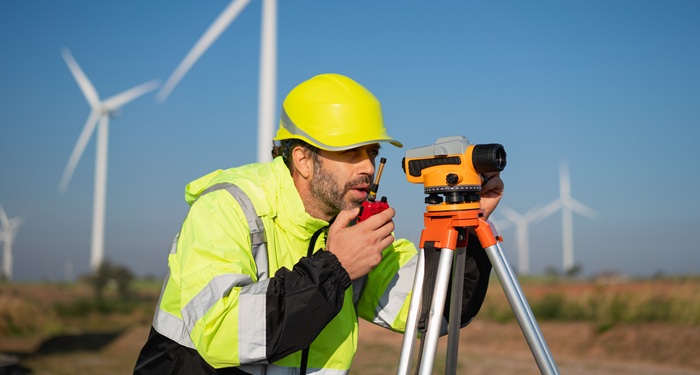
Grid Connection Fees
If you plan to connect your home wind turbine to the national grid so that you can export excess electricity and potentially benefit from the Smart Export Guarantee, then you may need to pay connection fees that are charged by your local Distribution Network Operator. The fees for this will vary significantly depending on your location and the capacity of your system.
Battery Storage Systems
If you choose an off-grid system or if you want backup power, you may opt for battery storage, and the costs for this can be substantial. The price will depend on the capacity, type (e.g. lithium-ion, lead-acid), and the lifespan of the batteries.
As an example, for a home wind turbine battery system, you can expect to pay around £350 - £450 per kWh. However, these prices can go up to £5000+ for high-end versions.
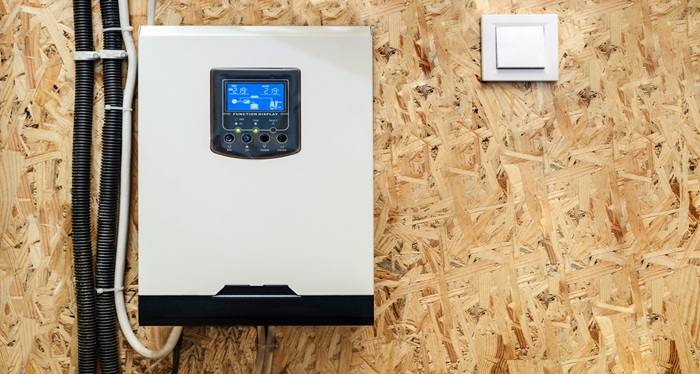
Maintenance and Repairs
Wind turbines will require some maintenance sometimes to ensure their longevity and to ensure they are always performing optimally. This may include inspections, lubrication, and potential repairs when needed. It’s important to budget for ongoing maintenance.
Routine maintenance costs are usually relatively low. However, unexpected repairs can be more significant, so it’s best to keep some money aside as a ‘just in case’.
Insurance
It is highly recommended that you protect your wind turbine investment by getting appropriate insurance. The cost of the insurance will depend on the value of your wind turbine system and the level of coverage that you choose.

Tradesmen's Costs for Installing a Wind Turbine
You will need to get your wind turbine installed by a professional. This is not a DIY job. So, with this in mind, you will need to pay labour costs for the work, and this can account for a large proportion of the overall cost of the job.
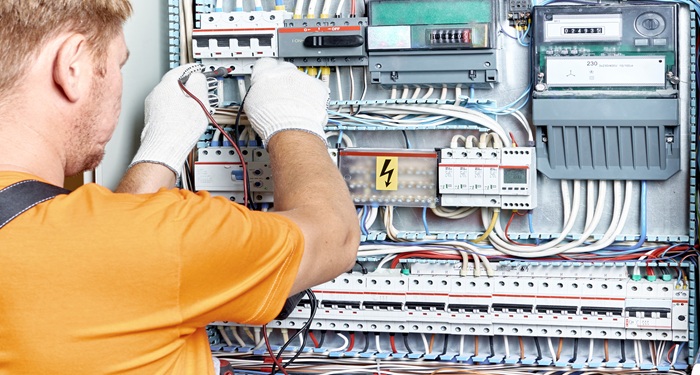
You may need to hire several different tradespeople to complete the installation of a wind turbine. Take a look at the list of tradespeople and associated costs below:
- Renewable Energy Installers – These types of specialists have the expertise needed to assemble and erect a wind turbine tower. They will usually charge either a day rate or a complete project fee. Day rates for an experienced renewable energy installer will usually range from around £200 to £500 per day or more, depending on their specialisation and location. Project fees will usually vary depending on the size and complexity of the installation.
- Electrical Engineers – You will need to hire qualified electricians for the wiring and integration of the wind turbine system with your property’s electrical system and the national grid (if applicable). Day rates for qualified electricians will usually range from around £150 to £400 per day.
- Structural Engineers – For larger or more complex installations, you may need to hire a structural engineer to assess the suitability of the ground for the tower foundations and ensure the structural integrity of the installation. These professionals will charge various fees depending on the scope of the work. The fees may range from a few hundred to a few thousand pounds.
The total tradesperson costs for fitting a wind turbine will depend on the size of the turbine, the complexity of the site, and the duration of the installation.
For a small domestic wind turbine, the labour costs may range from around £500 to £3000+. Larger or more complex installations will incur higher overall labour costs.
How Long Does It Take to Install a Wind Turbine?
If you are planning to get a wind turbine installed, you may be curious about how long this type of work will typically take. While smaller wind turbines will usually just take a day or two to install, larger or more complex wind turbines could take several weeks to complete.
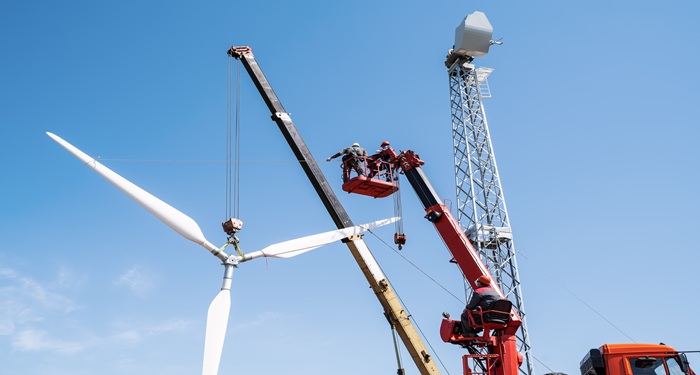
Take a look at the table below for an idea of how long you can expect your wind turbine installation to take:
| TURBINE SIZE | TYPICAL INSTALLATION TIME |
|---|---|
| Micro Turbines | 1 day |
| Small Turbines | 1 – 2 days |
| Medium Turbines | 3 – 7 days |
| Large Turbines | Up to 3 weeks |
As well as the size of the turbine, there are several other factors that may affect the overall project timeline. Take a look at the list below:
- Lead Times – You may need to wait a bit between ordering the wind turbine and receiving the delivery. The lead time will vary from manufacturer to manufacturer. Specific models may take longer to ship than others.
- Groundwork – The site will need to be prepared, and foundations will need to be laid before the turbine can be installed. This step could take several days, depending on the soil conditions and the size of the tower.
- Delivery Logistics – Transporting the wind turbine and other components to your home can be complex, especially for larger turbines. This could affect the overall project timeline.
- System Testing – Once the installation is complete, it will need to be thoroughly tested to ensure that it is functioning properly and safely. This step may take a day or two to complete.
Types of Wind Turbines
There are two main types of wind turbines that are commonly used for generating electricity. These are Horizontal Axis Wind Turbines (HAWTs) and Vertical Axis Wind Turbines (VAWTs).
Below is an overview of the two different types of wind turbines, including how they work, what they are best for, the cost range, and the pros and cons of each type:
Horizontal Axis Wind Turbines (HAWT)
HAWTS are the most common type of wind turbine. These feature blades that rotate around a horizontal axis, similar to an aeroplane propeller. These systems typically have three blades and a yaw mechanism that turns the rotor to face directly into the wind for maximum efficiency.
HAWTS are generally more efficient in areas with consistent and unobstructed wind flow. These are most commonly seen in open, rural locations.
The cost of HAWTS varies widely depending on the size. They can range from a few thousand for small domestic wind turbines to hundreds of thousands for larger commercial models.
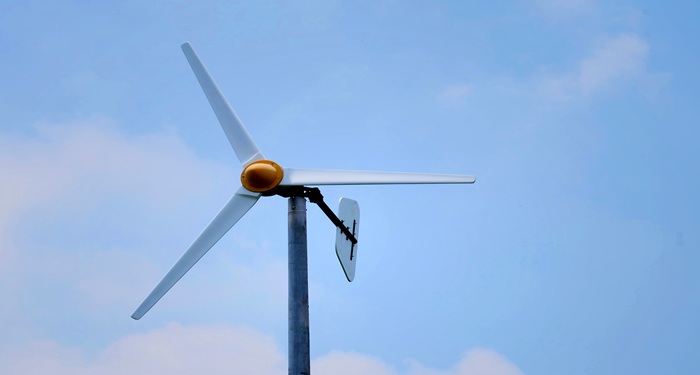
Pros:
- Generally higher efficiency, especially in consistent winds
- Tall towers can access stronger winds
Cons:
- Can be unappealing visually
- More complex mechanical design
- Generally not as well-suited for gusty or turbulent winds
Vertical Axis Wind Turbines (VAWT)
VAWTS have blades that rotate around a vertical axis. Designs may include curved blades or a drag-based design.
These systems are considered better-suited for more urban environments or areas with gusty winds, as they don’t need to be pointed directly into the wind flow.
The cost of VAWTS can vary significantly. However, some smaller models can be more affordable than HAWTS in some cases. However, larger models are still a very significant investment.
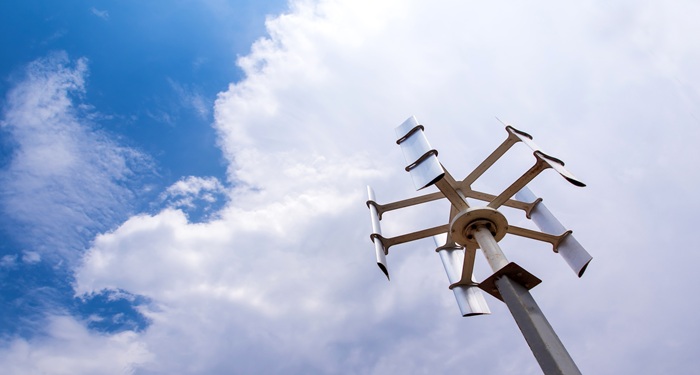
Pros:
- Can operate in gusty and turbulent winds
- Less visually intrusive than HAWTS
- Simpler mechanical design
Cons:
- Generally lower efficiency compared to HAWTS of the same size
- May require more space
Planning Permission and Regulations
If you are planning on getting a wind turbine installed at your home, you may be wondering if you will need to apply for planning permission for this type of work.
According to the planning portal, under permitted development rights, in some cases, it is possible to install domestic wind turbines without the need for an application or planning permissions. This is as long as certain limits and conditions are met.

In other cases, you will need to apply for planning permission from your local authority to add a domestic wind turbine to your house or the grounds surrounding your home.
It is essential that you always check with your local planning authority about planning issues before you have a system installed.
According to Planning Aid England, a wind turbine on a detached house or an outbuilding to any house does not require planning permission provided all these criteria are met:
- It complies with the Microgeneration Certification Scheme (MCS) Planning Standards or equivalent. This is a measure of the noise resulting from the turbine. The company that fits the turbine should ensure it meets this standard and should supply you with documentation to demonstrate this.
- There is no air source heat pump at the property
- No part of the wind turbine, including blades, would protrude more than 3 metres above the highest part of the roof, excluding the chimney, or be more than 15 metres off the ground, whichever is lower
- The blades are at least 5 metres above ground level
- No part of the turbine is within 5 metres of any boundary
- The swept area of any blade is less than 3.8 sq. metres
- It is not on land safeguarded for aviation or defence purposes, on a site designated as a Scheduled Monument or within the curtilage of a Listed Building, a National Park, an Area of Outstanding Natural Beauty, an area designated under s41(3) of the Wildlife and Countryside Act 1981, the Norfolk Broads or a World Heritage Site
- If it is in a Conservation Area, it would not be on a wall or roof slope which fronts a highway
A stand-alone wind turbine within the garden of any house or block of flats does not require planning permission, provided all these criteria are met:
- It complies with the Microgeneration Certification Scheme (MCS) Planning Standards or equivalent. This is a measure of the noise resulting from the turbine. The company that fits the turbine should ensure it meets this standard and should supply you with documentation to demonstrate this.
- There is no air source heat pump at the property
- The blades are at least 5 metres above ground level
- No more than one stand-alone wind turbine is situated within the curtilage.
- There is no existing wind turbine installed on the property.
- The highest part would not exceed 11.1 metres in height.
- The swept area of any blade is less than 3.8 sq. metres
- It is not on land safeguarded for aviation or defence purposes, on a site designated as a Scheduled Monument or within the curtilage of a Listed Building, a National Park, an Area of Outstanding Natural Beauty, an area designated under s41(3) of the Wildlife and Countryside Act 1981, the Norfolk Broads or a World Heritage Site
- An installation is not permitted if any part of the stand-alone wind turbine (including blades) would be in a position which is less than a distance equivalent to the overall height of the turbine (including blades) plus 10 per cent of its height when measured from any point along the property boundary.
In Wales, Scotland and Northern Ireland, full planning permission is usually required for this type of work. You must always consult with your local council before the installation.
Choosing the Right Wind Turbine for Your Home
When choosing the right wind turbine for your home, you will need to consider several key factors. Take a look at the list below:
- Assess Your Energy Needs – You will need to determine your current electricity consumption and how much you hope to offset with a wind turbine. This will help you choose the right size and power output that you need.
- Evaluate Your Property Size and Exposure to Wind – You will need to consider the available space for the wind turbine and tower, and assess the wind in your location. Factors like surrounding buildings, trees, and topography can affect the wind speed and consistency. It is recommended that you get a professional site survey to help determine these things.
- Consider the Aesthetic and Sound Impact – It is important to think about the visual appearance of the wind turbine as well as any noise that it might generate. Different types and models will have varying appearances and noise levels.
- Decide Between Grid-Connected or Off-Grid Options – You will need to determine whether you want to connect your wind turbine to the national grid to export excess electricity or operate entirely off-grid with battery storage. This decision will significantly affect the system design and the overall cost.
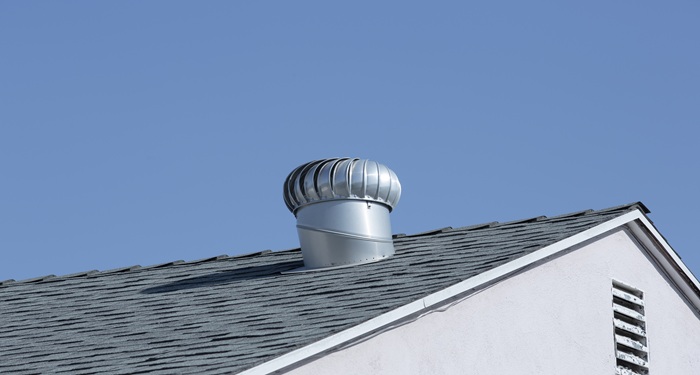
It is important to take the time to consider the above factors to help you make a more informed decision and choose a wind turbine that suits your specific needs, budget, and site conditions.
Factors Affecting Wind Turbine Efficiency
There are several things that could affect the efficiency of a wind turbine in generating electricity. This can include both environmental and technical factors. Take a look at the list below of the potential things that could affect a wind turbine’s efficiency:
Average Wind Speeds
The wind speeds can affect the efficiency of the system. Even just small increases in the average wind speed can significantly boost the production of energy. A minimum average wind speed of around 5 meters per second is usually considered to be ideal for a home wind turbine to be economically viable.
These speeds are typically rare in the UK unless you live in very rural areas, in high areas or along the coast.
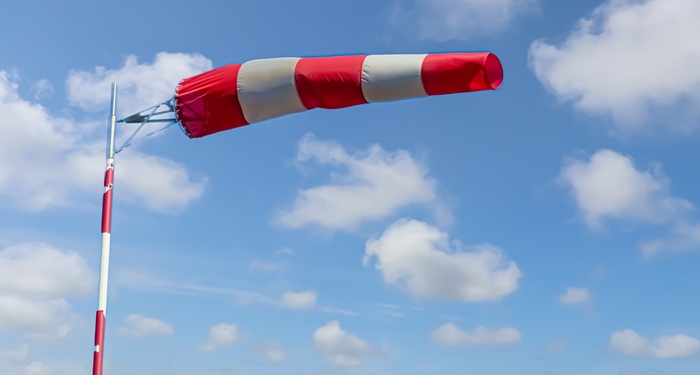
Site Topography
The terrain around your home can significantly affect airflow. If there are obstructions such as buildings, trees, and hills, this can create turbulence and may reduce the wind speed.
So, this will negatively impact the wind turbine’s efficiency. It is essential that you install your wind turbine on a tall enough tower so that it is not affected by these obstructions.
Turbine Height and Blade Length
Taller towers will generally be able to access stronger and more consistent winds. Longer blades can also capture more wind, and so this can result in a higher power output.
However, taller towers and larger turbines will typically come with a higher price point.
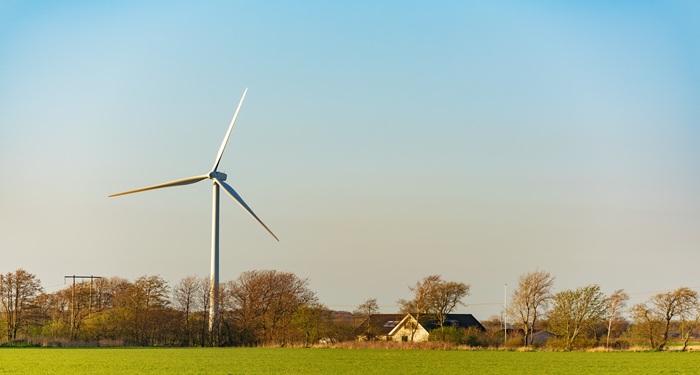
Potential Savings and Income from Wind Turbines
A domestic wind turbine is capable of saving you up to £741 per year on your energy costs, according to GreenMatch. Also, roof-mounted turbines can help you save up to £500 - £800.
These savings will differ due to certain factors, such as the size of the wind turbine, the local wind circumstances, and your household energy consumption. Homes located in windy locations, such as rural areas or coastal areas, are likely to benefit the most.

Additionally, the Smart Export Guarantee (SEG) program allows homeowners to sell their excess energy back to the grid, helping them generate additional income. For small wind turbines, the SEG rates usually range between 1p and 27p per kWh, depending on the supplier and the specific tariff.
The Renewable Energy Hub explains that a small wind turbine that produces around 2,600 kWh a year could expect to earn the following:
- At the lowest rate of 1p per kWh: £26 per year
- At a moderate rate of 12p per kWh: £312 per year
- At the highest rate of 27p per kWh: £702 per year
Grants and Incentives for Wind Turbines
If you are considering installing a wind turbine at your home, you may want to consider the grants and incentives that come with having this type of work done. Take a look at the list below:
- VAT Savings on Domestic Wind Turbine Installations – From 2022 – 2027, VAT will no longer be charged on certain domestic energy-saving measures in England, Scotland and Wales. This means that it can be up to 20% cheaper if you choose to get your wind turbine within the next two years.
- Community Energy Fund (CEF) – The Community Energy Fund (CEF) provides grants to support community-led renewable energy projects in rural areas, and this may include the installation of larger wind turbines for the benefit of the community. The availability and specific criteria for this fund can vary, so it is worth checking the current status and eligibility requirements in your local area.
- Contracts for Difference (CFD) – While this is primarily aimed at larger-scale renewable energy projects, the CFD scheme provides a long-term price guarantee to generators, ensuring a stable revenue stream for the electricity that they produce. This is less directly applicable to individual home wind turbine owners but is relevant for larger community or commercial installations.
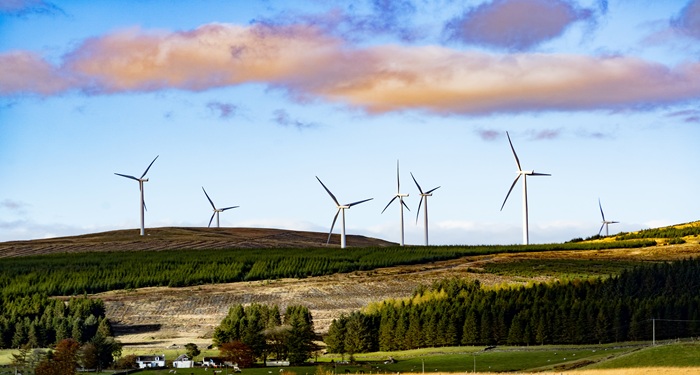
How Much Does It Cost to Remove a Wind Turbine?
When looking at the cost of a wind turbine, it is also worth considering the potential cost of removing a wind turbine in the future.
There are several reasons why you may need to remove a wind turbine from your property, including the following:
- End of Life – When the wind turbine comes to the end of its operational lifespan, it may need to be decommissioned and removed.
- Property Sale – If you are selling your property, new potential buyers may not want a wind turbine on the property, so you may need to remove it before selling your home.
- Performance Issues – If the wind turbine is not performing as expected or if it requires significant repairs that are not economically viable, you may find that removing it is the best option.
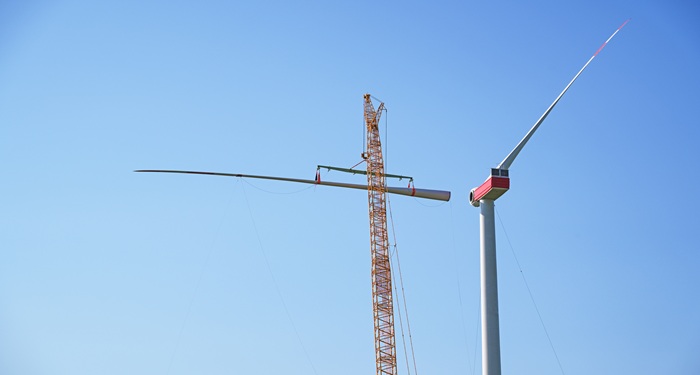
The overall cost of removing a wind turbine may vary, depending on its size and the complexity of the installation. Factors that may influence the price of the removal may include the following:
- Dismantling – The process of taking down the wind turbine and tower safely.
- Disposal – The cost of disposing of the turbine and the components in an environmentally responsible manner. Some of the parts may be able to be recycled.
- Crane Hire – For larger wind turbines, you may need to hire a crane for the dismantling process, and this can add some significant costs to the removal.
- Site Restoration – This refers to any costs associated with restoring the ground to its original condition after the turbine and its foundations have been removed.
It can be hard to determine the overall cost of removing a wind turbine due to all of the factors listed above. However, as a rough estimate, the cost of removing a small domestic wind turbine could range from around £400 to £3000.
For larger wind turbines, the removal costs could be significantly higher than this and may be several thousand pounds.
FAQs
Below is a list of frequently asked questions about wind turbines:
Q: How much electricity can a wind turbine produce?
A: The amount of electricity that a wind turbine can produce will depend a lot on its size (power rating in kw) and the average wind speeds where the wind turbine is installed. A small home wind turbine (1- 10 kw) in a decent wind location may generate between 1,750 – 21,500 kWh per year.
Q: Do I need planning permission for a home wind turbine?
A: In England, some domestic wind turbine installations may fall under permitted development, so they may not need planning permission as long as they meet certain criteria. However, in Scotland, Wales, and Northern Ireland, planning permission is usually always required for this type of work. It is very important that you check with your local planning authority for the specific regulations in your area before going ahead with the work.
Q: How long do wind turbines last?
A: A wind turbine that is well-maintained will typically last for around 20 – 30 years or more. It is important to keep on top of regular maintenance to maximise the longevity of the system.
Q: Are wind turbines noisy?
A: Modern wind turbines are manufactured to operate relatively quietly. The main noise will come from the whooshing sound of the blades passing through the air. This is not usually excessively loud, especially from a distance. However, the noise levels should be considered during the planning process, and certain local guidelines may apply.
Q: What maintenance is required?
A: Routine maintenance for a home wind turbine will typically include regular inspections of the tower, blades, and electrical connections. There will also be a need for lubrication of moving parts periodically. It is essential to follow the manufacturer’s instructions and recommendations when it comes to maintaining your wind turbine.

